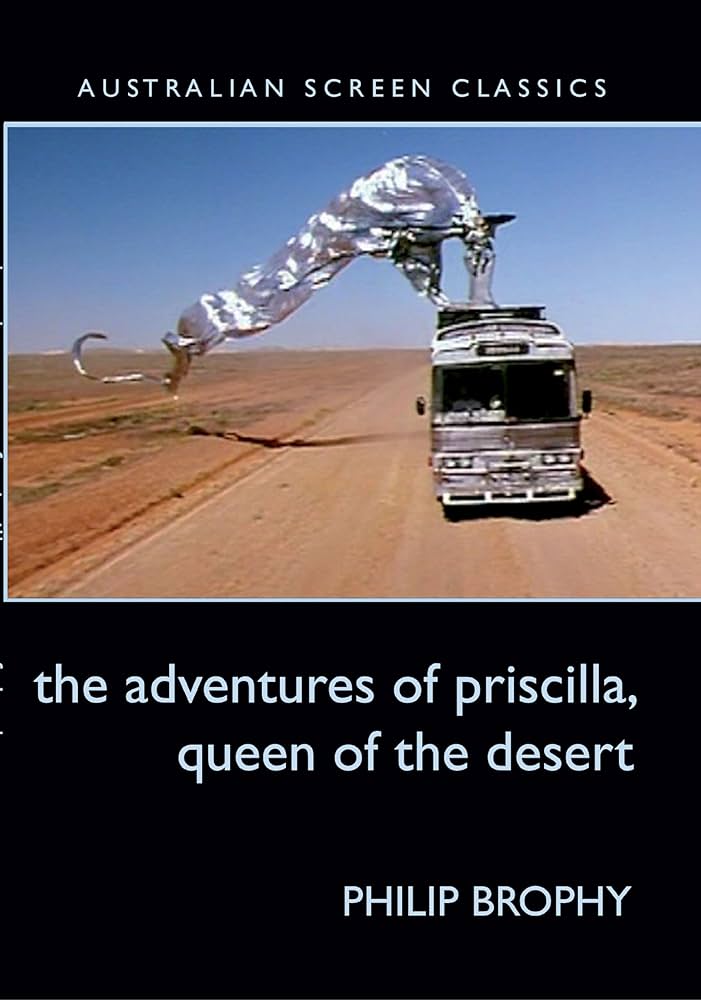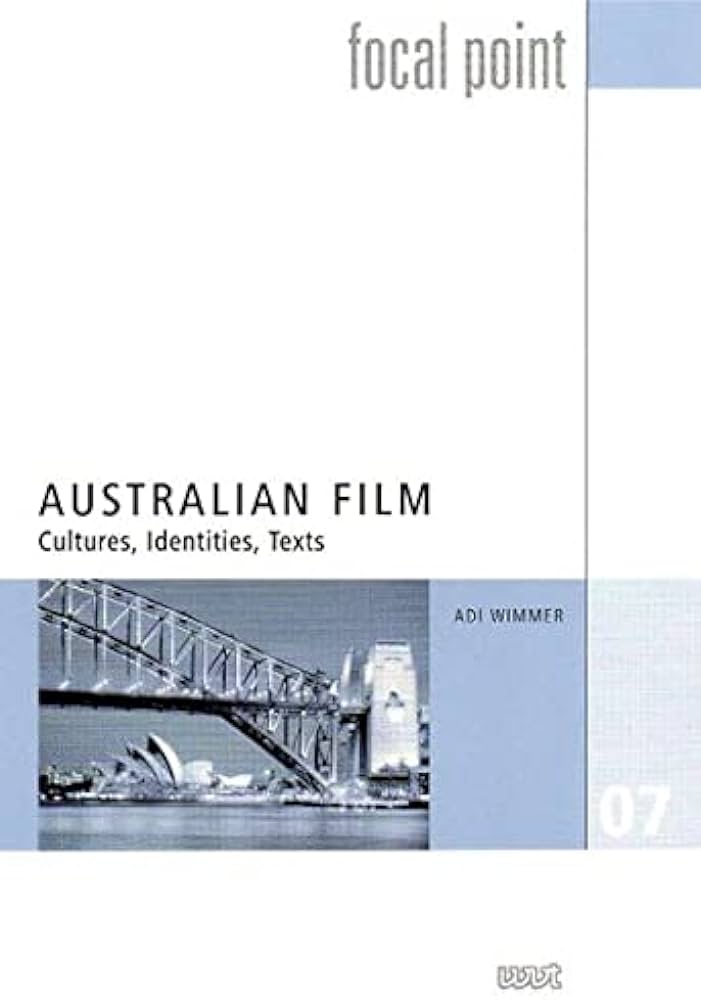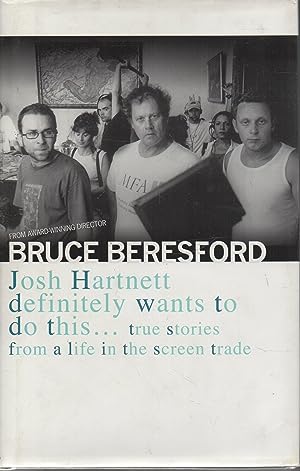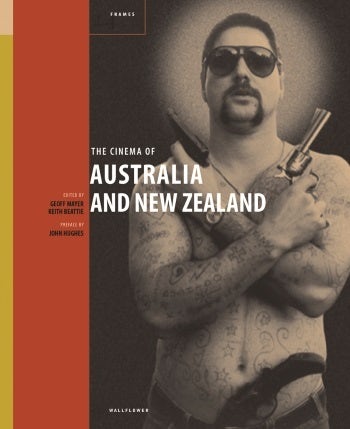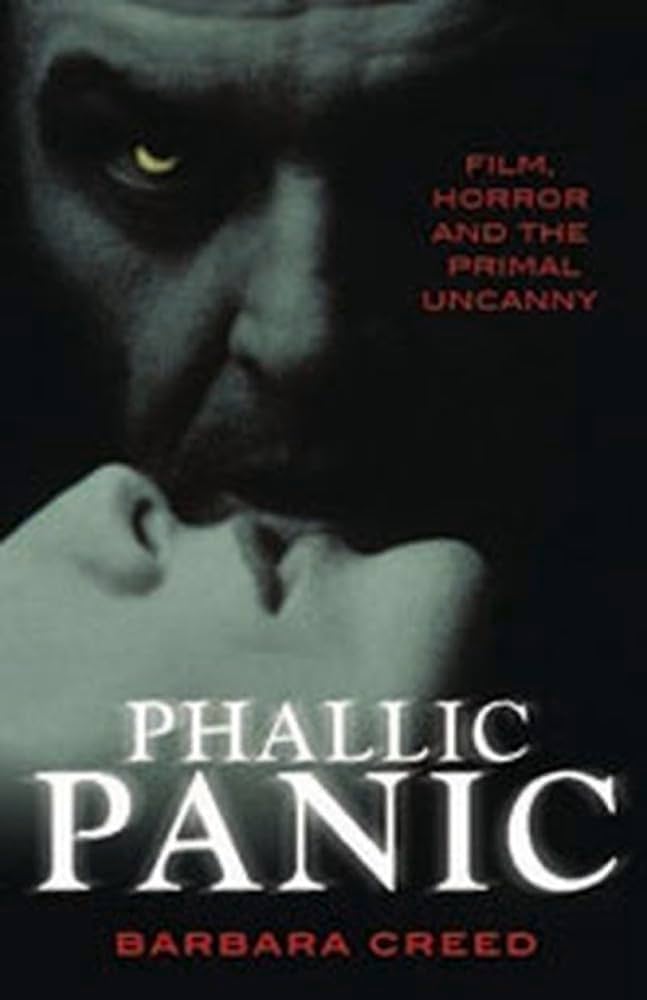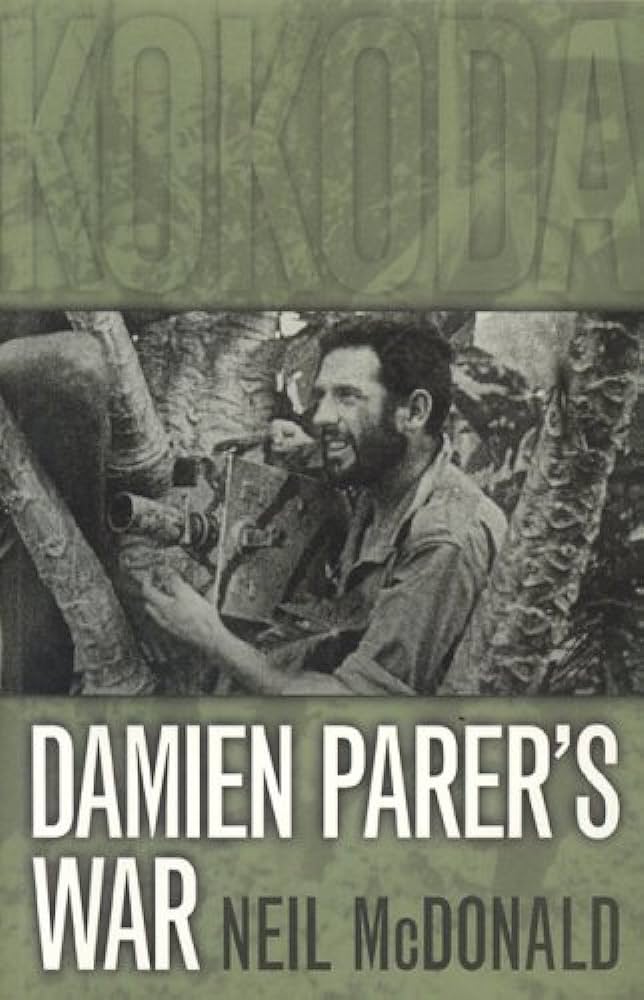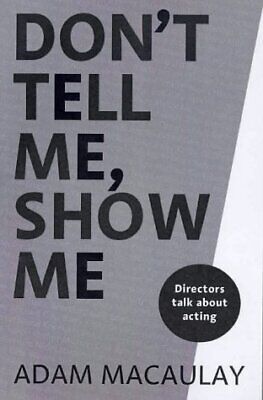Film
The Adventures of Priscilla, Queen of the Desert by Philip Brophy & The Chant of Jimmie Blacksmith by Henry Reynolds
Possibly inspired by the British Film Institute’s ‘Classics’ texts, the ‘Australian Screen Classics’ series is not only downright valuable but also looks good. The latest two, in their smart black covers, each adorned with a striking still from the relevant film, confirms the importance of having such detailed attention paid to key films in our history.
... (read more)Australian Film: Cultures, identities, texts by Adi Wimmer
It is no easy task for an outsider to anatomise a national cinema, and the Austrian academic Adi Wimmer suggests in this series of essays that Australian cinema has always been more national than most. In other words, our filmmakers have been unusually dedicated to the project of defining a collective identity through a set of instantly recognisable myths: the ultimate Australian film would be one that showed a group of sun-bronzed, laconic, Anglo-Saxon blokes battling droughts and big business in a wide brown land seen equally as a symbol of brooding masculinity and as a hostile mother.
... (read more)Josh Hartnett Definitely Wants to Do This: True stories from a life in the screen trade by Bruce Beresford
Bruce Beresford has left a greater imprint on the national sensibility than most people might think. From The Adventures of Barry McKenzie (1972) through The Getting of Wisdom (1977) and Breaker Morant (1980), he has demonstrated a virtuoso ability to dramatise Australianness, classic and modern. His films Don’s Party (1976) and The Club (1980) mean that we are never likely to forget the idiom in which David Williamson first represented us, because Beresford has made it part of the cinematic argot of the country; a new production of a play is automatically measured by how much the actors stand up to the classic performances of Graeme Kennedy or Ray Barrett or John Hargreaves in Beresford’s vision of the plays.
... (read more)The Cinema of Australia and New Zealand edited by Geoff Mayer and Keith Beattie
The Cinema of Australia and New Zealand is the thirteenth of Wallflower Press’s ‘24 frames’ series, but there is no need for the editors to feel superstitious on that account. This is a series which presents certain problems. It requires the editor(s) of each volume to choose twenty-four films that are, in some degree, representative of the titular country, or, as the case sometimes even more dauntingly is, of two titular countries – and I know whereof I speak. Having edited Wallflower’s The Cinema of Britain and Ireland (2005), I can sympathise with the difficulties involved in trying to achieve any sort of representativeness across not one but two film-making countries. And I might add resentfully that Canada gets a whole volume to itself. Canada!
... (read more)It is one thing for Macbeth (of whom more in a moment) to chide himself for ‘vaulting ambition’; it is not, though, the first stick we would choose to beat Australian cinema with. Now, with 2006 nearly over and everybody saying what a good year it has been for local films, I want to identify ‘ambition’ as a key element in the making of this ‘good year’.
... (read more)Australian Film & TV Companion: Second edition by Tony Harrison
Tony Harrison is a man with a passion. The evidence is the Australian Film & TV Companion. Meticulously researched and compiled, Harrison has listed every sound feature film made in this country since 1930 and every nationally broadcast television drama series, mini-series, television movie, documentary series, comedy series and current affairs show since 1956.
... (read more)Phallic Panic: Film, horror and the primal uncanny by Barbara Creed
What is a monster? Why are we so recurringly fascinated by graphic representations of the monstrous? And, in particular, what do cinematic images of male monstrosity tell us about the ways in which Western culture produces and views the categories of masculine and feminine? Barbara Creed’s new book is a direct extension of much of the lively work she did in The Monstrous-Feminine: Film, Feminism, Psychoanalysis (1993). In Phallic Panic, she moves from her earlier consideration of how we might interpret visions of female monstrosity as evidence of profound anxiety about the role of the woman in phallocentric society, particularly in her vagina dentata manifestations, to an examination of the cultural and psychological implications of male monsters.
... (read more)Though we have seen periods during which Australian cinema has been synonymous with period-set narratives and idealised evocations of the outback, there has always been a darker side to our cinematic imagination, a gritty, hard-edged element that is just as crucial to this country’s feature film output as are the sepia-tinged dreamscapes. Many of the pivotal films of the Australian New Wave brought a vivid, finely judged aesthetic to the bleakest of subject matter. Fred Schepisi’s The Chant of Jimmie Blacksmith (1978) conjured a harrowing tragedy of grisly murders and manhunts, while Peter Weir’s darkly comic feature début, The Cars That Ate Paris (1974), presented a paranoid, murderous rural community whose raison d’être was maintaining its seclusion, even if that meant killing any outsiders who found their way into town.
... (read more)Writing of cinematographer Damien Parer’s untimely death in 1944, war correspondent Chester Wilmot paid tribute to him as ‘a fine man as well as a brilliant photographer. He made the camera speak as no other man I’ve ever known.’ Neil McDonald’s book, Damien Parer’s War, does eloquent justice to this legendary figure in Australian history and Australian film. Many may know that Parer was the first Australian to win an Oscar, but, unless they have read the 1994 edition of this admirable book, they may not know much else.
... (read more)Don’t Tell Me, Show Me: Directors talk about acting by Adam Macaulay
In the movie The Producers (now a musical), Gene Wilder accuses Zero Mostel of treating actors like animals. ‘Have you ever seen an actor eat?’ is Mostel’s pithy reply. There is a truth buried in this joke: eating can be important to actors in a profession where much time can be spent between jobs, ‘resting’, as it is euphemistically called.
... (read more)

